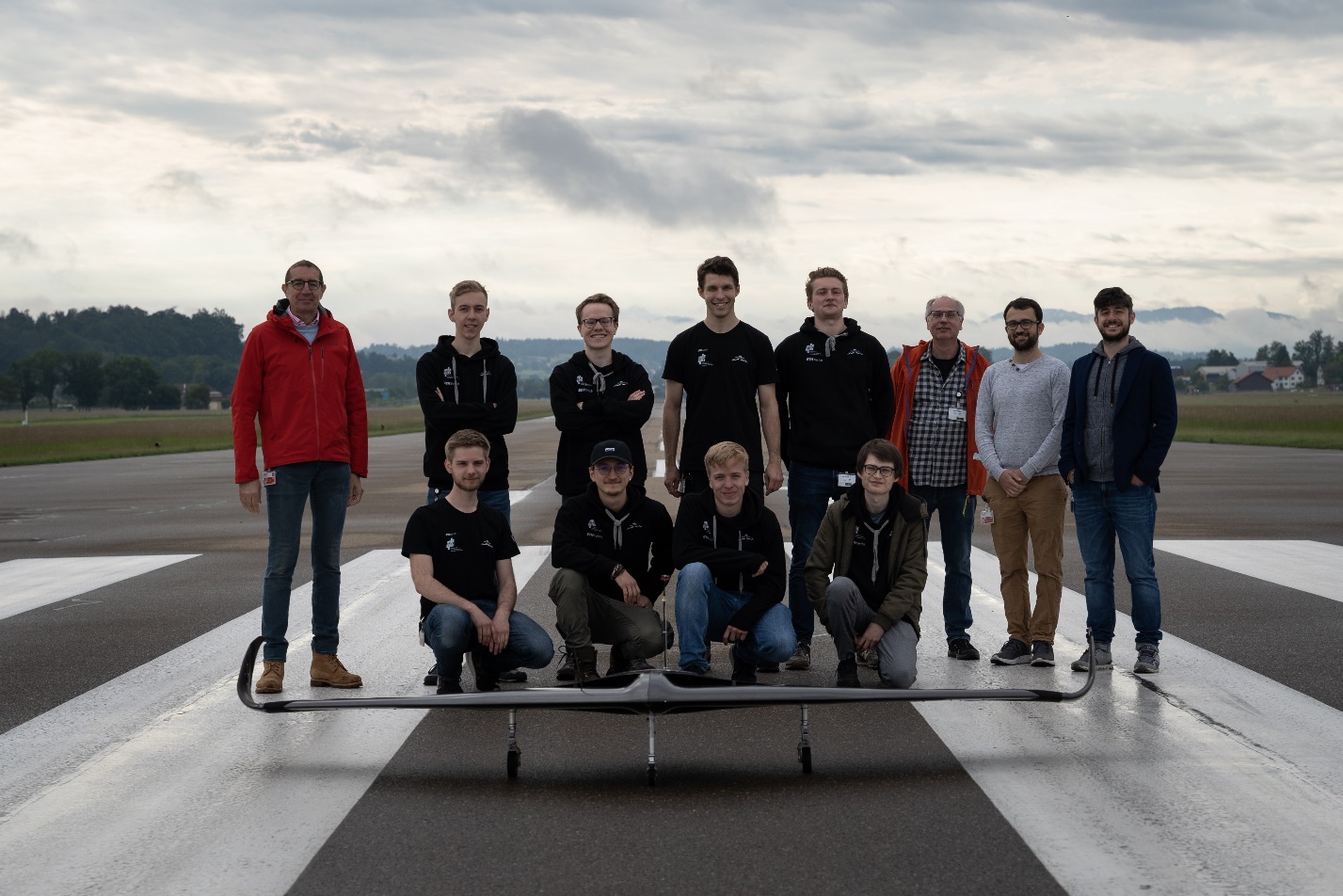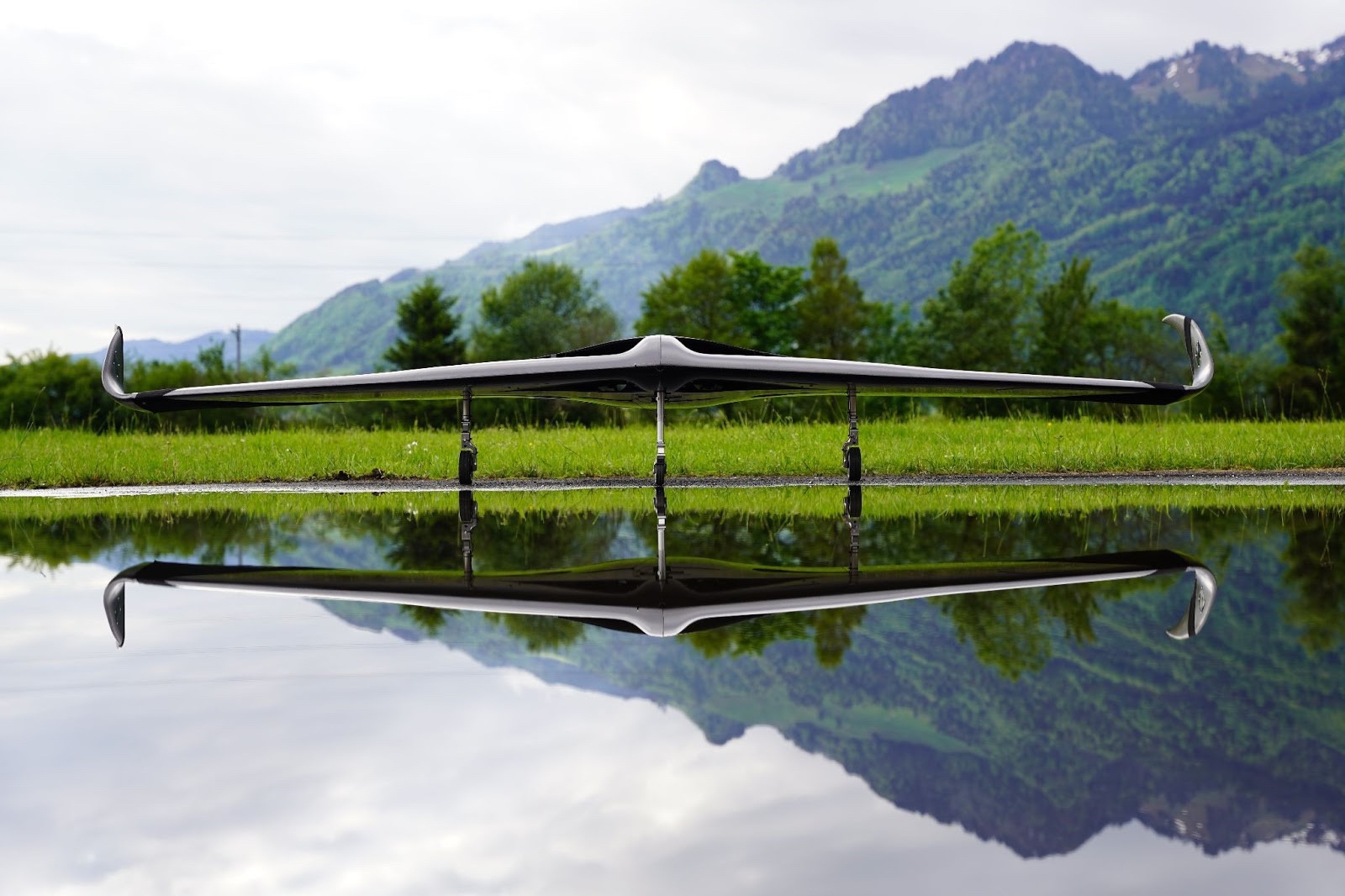
Schübeler Technologies actively supported this innovative project and provided both engines and technical expertise in an advisory capacity. “By participating in this project, we would like to contribute to the further development of aviation,” explains Daniel Schübeler, Managing Director of Schübeler Technologies. “The visionary approach of Bionic Flying Wing as well as the enthusiasm and creativity of the team excited us.”
The project aims to prove the feasibility of bionic inspired morphing concepts in the air. To this end, a deformable morphing wing structure with a three-meter wingspan was developed to be used in place of discrete flaps. A top speed of up to 100 km/h can be achieved with it. The wing structures are specifically deformed to replace conventional control surfaces. In this way, new design potential for the aircraft of tomorrow is opened up The main challenge of this approach is that the wing must be stiff – i.e., it must not flap – but still be able to be deflected. To achieve both, a healthy compromise had to be found. Because of its high strength and low weight, the team therefore opted for CFRP (carbon-fiber-reinforced polymer) as the construction material.
The requirements for the drive system used were also high. In the search for an efficient impeller that delivers the greatest possible thrust in combination with low power consumption, the team quickly came across EDF market leader Schübeler. On Schübeler’s recommendation, the team decided on the DS-51-AXI HDS model with an 1125kv motor and 12 lipo cells. This drive offers a thrust of 5.5 kg (about 55N) with a current consumption of 85 amps, which was perfectly suited for an aircraft of this speed, size and weight. Two fans are used and provide a total thrust of approximately 11kg (110N)

The HDS fan is a quality product designed for durability. The lightweight and highly shortened rotor assembly provides efficient operation through high smoothness. The blades are made of high-temperature, fiber-reinforced polymer, operate highly efficiently, broadband, and quietly. Strength is provided by the carbon shroud.
In a successful first test flight in June of this year, the team proved that bionic inspired morphing concepts can be used to safely control a flying wing aircraft. This was the product of countless hours of engineering and manufacturing, paired with the support of strong sponsors such as Schübeler Technologies.
To learn more about Schübeler Technologies, visit www.schuebeler-technologies.de.

